“Who rides a donkey has to be patient from the donkey’s smell.” -Qatari proverb
Check here for a complete list of National Pandemic Case Studies by Rounding the Earth.
Qatar is located along the Tropic of Cancer, along the northeast shore of Kingdom Saudi Arabia in the Persian Gulf, and separated from nearby Bahrain by a mere 63 miles as the crow flies [over the Gulf of Bahrain].
Source: The Indian Express, “Bahrain, Saudi cut ties with Qatar in a move to protect themselves from ‘terrorism’
Qatar’s population of just over 300,000 citizens and 2.3 million expatriates enjoy one of the world’s highest standards of living thanks to 25 billion barrels of proven oil reserves. This population grew nearly five-fold over the past two decades as a large and successful tourism industry grew on top of the oil economy. That money allowed for Qatar to hire enough engineers to build the world’s largest array of inhabitable dominoes devoted to that industry.
Qatar’s population is not only wealthy, but young and healthy. Less than 5% of the population of Qatar has reached the age of 55 (2020 est.), making it relatively unique among wealthy nations.
Qatar’s Early Pandemic Success
There is no doubt that we should expect a young, healthy, wealthy nation to outperform most of the world during an outbreak of a respiratory virus. Oddly, however, Qatar had one of the world’s most rapid SARS-CoV-2 spread rates during the early months of the pandemic.
However, Qatar’s case fatality rate (CFR) was 90% lower than that of the rest of Asia, and 93% lower than that of the rest of the world.
Qatari Public Health Minister Dr. Hanan Mohamed Al Kuwari, who received her PhD in the UK and has worked with the WHO, Reuters, and U.S. health organizations, pointed out in early May of 2020 that Qatar more actively tested its population than most nations. She points out that the cases are milder on average with 5% hospitalizations and 1% sent to ICU, and predicted that down the road, Qatar’s case curve would wind up looking more like those in other nations.
Dr. Al Kuwari also praised the lockdown and quarantine measures taken in Qatar. She additionally pointed out that Qatar chose to hospitalize COVID-19 patients separately from general hospital populations. If testing showed mass spread, this means lockdown did not stifle the virus much, or perhaps at all in the long run. But not hospitalizing all patients together might be a part of the lower CFR. High CFRs in some nations may be in part due to either nosocomial infection or the phenomenon now known as “dying with COVID”.
Being realistic, temperatures in Qatar get scorching during the months of May through September. It was during that time that Qatar suffered the vast majority of its 2020 COVID-19 case total. With tourism all but shut down, it is likely that Qataris were stuck indoors where nearly all SARS-CoV-2 transmission occurs (Nishiura et al, 2020).
A few weeks earlier, on Monday, April 6, 2020, Dr. Fouad al-Shaaban of the Qatar Biomedical Research Institute shared an optimistic outlook for the use of chloroquine (CQ) and hydroxychloroquine (HCQ) to prevent and treat COVID-19.
While we know that HCQ was used in Qatar, it is not clear how it was used, or what proportion of COVID-19 patients used it. That makes it difficult to judge exactly how much of Qatar’s success can be attributed to HCQ without further evidence. However, we have an internal experiment to judge by! In late May, 2020, the World Health Organization (WHO) seemed to pretend to believe the obviously absurd Surgisphere study published in the Lancet.
Trying to be as objective as we can, we should ask whether or not Qatar’s generally young and healthy population was the reason why Qatar’s CFR was so much lower than that of other nations around the world. This hypothesis stands out as perfectly plausible on face. Let us look to see what happened with Qatar’s CFR from the moment the Surgisphere paper was published and rocked the world.
Those suffering COVID-19 in Qatar after the publication of the Surgisphere paper, pushed hard by the WHO, were almost five times more likely to die than those who suffered COVID-19 prior to that point. This per case trend is the exact opposite of what took place in nearly every other locale in the world.
While Qatari hospital or treatment data has been hard to come by, it is noteworthy that Qatari Department of Public Medicine researchers published a flimsy rehash of of other sloppy HCQ meta-analyses that did not properly distinguish early and late treatment (Chivese et al, 2021). Official COVID-19 guidelines made no mention of the drugs in May, 2020. This likely indicates that HCQ did fall out of favor with the WHO recommendation against it.


Qatar’s Rapid Vaccination Campaign
“He’s a chick and he’s as big as his mother but he can’t fly.” -Popular Qatari insult
Not only is Qatar’s population relatively young and healthy, it got infected more quickly than almost any other nation around the world.
With youth and antibodies on their side, Qatari officials still decided to aggressively promote mass vaccination, offering a lifting of restrictions as a carrot. The vaccination program began around December 23, 2020. While there is mention of “waning efficacy”, there is an unsourced claim that vaccines remain effective against all variants, despite wildly different estimates of efficacy (including most or many that are negative) against omicron strains.
The approval of safe and effective COVID-19 vaccines, with widespread uptake throughout the population, has enabled Qatar to control the pandemic and to lift most COVID-19 restrictions. This has allowed the return of most activities, while maintaining precautionary measures which aim to protect the population from the virus.
So far, over 85% of the population has now received both the first and second dose of the COVID-19 vaccine and the Ministry of Public Health (MOPH) started administering booster doses for all individuals after six months from receiving their second COVID-19 vaccine dose.
It is clear from the latest clinical evidence that for most people the protective immunity obtained from the first two doses of the vaccine gradually begins to decline after six months. The booster dose will give longer-term protection against all variants of COVID-19. The MOPH strongly encourages everyone to take the booster dose as soon as they are eligible to continue to protect themselves from the risk of infection.
Qatari psychologists and medical researchers were dispatched to study the “problem” of vaccine hesitancy (Kumar et al, 2021).
Almost 89% of Qatar’s population is fully vaccinated, all with one of the two mRNA vaccines produced by Pfizer and Moderna. Strangely, it appears that SARS-CoV-2 infections progressed steadily along with vaccine rollout. Do my eyes deceive me?
Source: Chemaitelly et al, 2021
Nearly all progress in the mass experimental vaccination campaign in Qatar took place during the first 8 months of 2021, so that’s pretty much the whole picture until omicron showed up.
The CFR in Qatar remains lower than in most nations, but notably doubled during vaccine rollout, mostly corresponding with the period during which Qataris received second doses.
A look at excess mortality charts indicates that these are not the only excess deaths associated with the vaccination campaign in Qatar.
As is the case in many nations, Qatari doctors are beginning to note anomalous cases of other viral infections in their population (Iqbal et al, 2022).
Qataris are beginning to enjoy more freedoms as of late, just as promised.







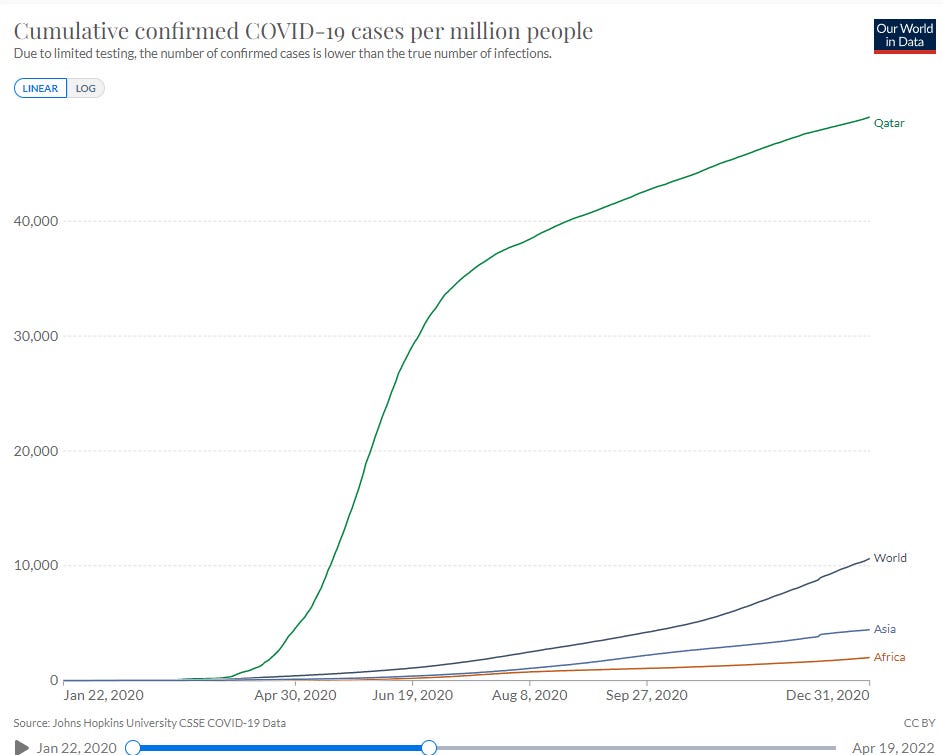
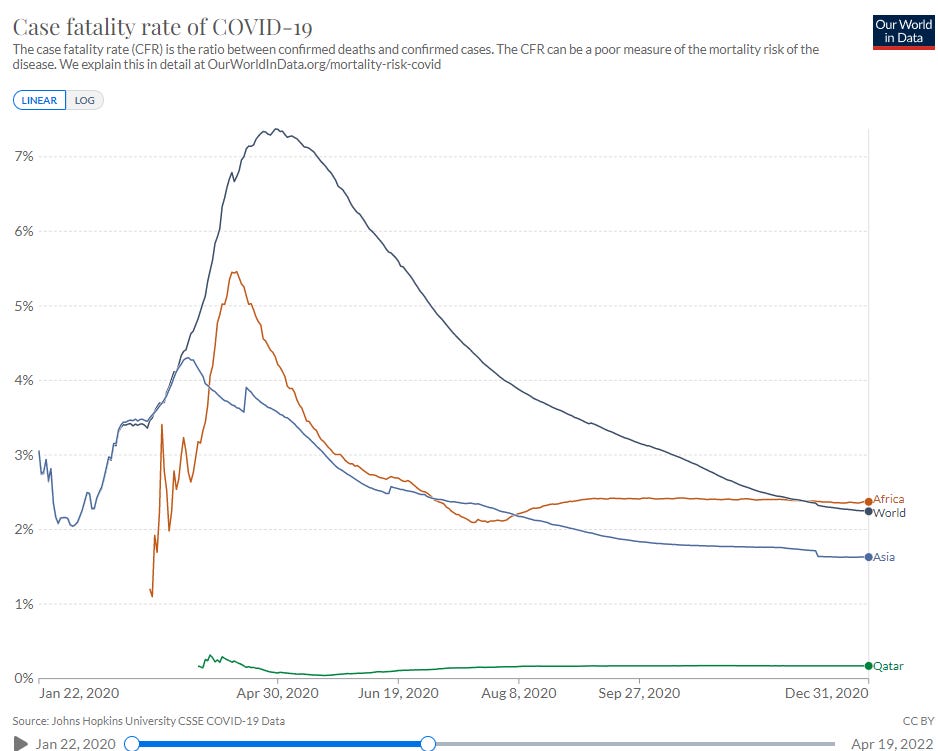
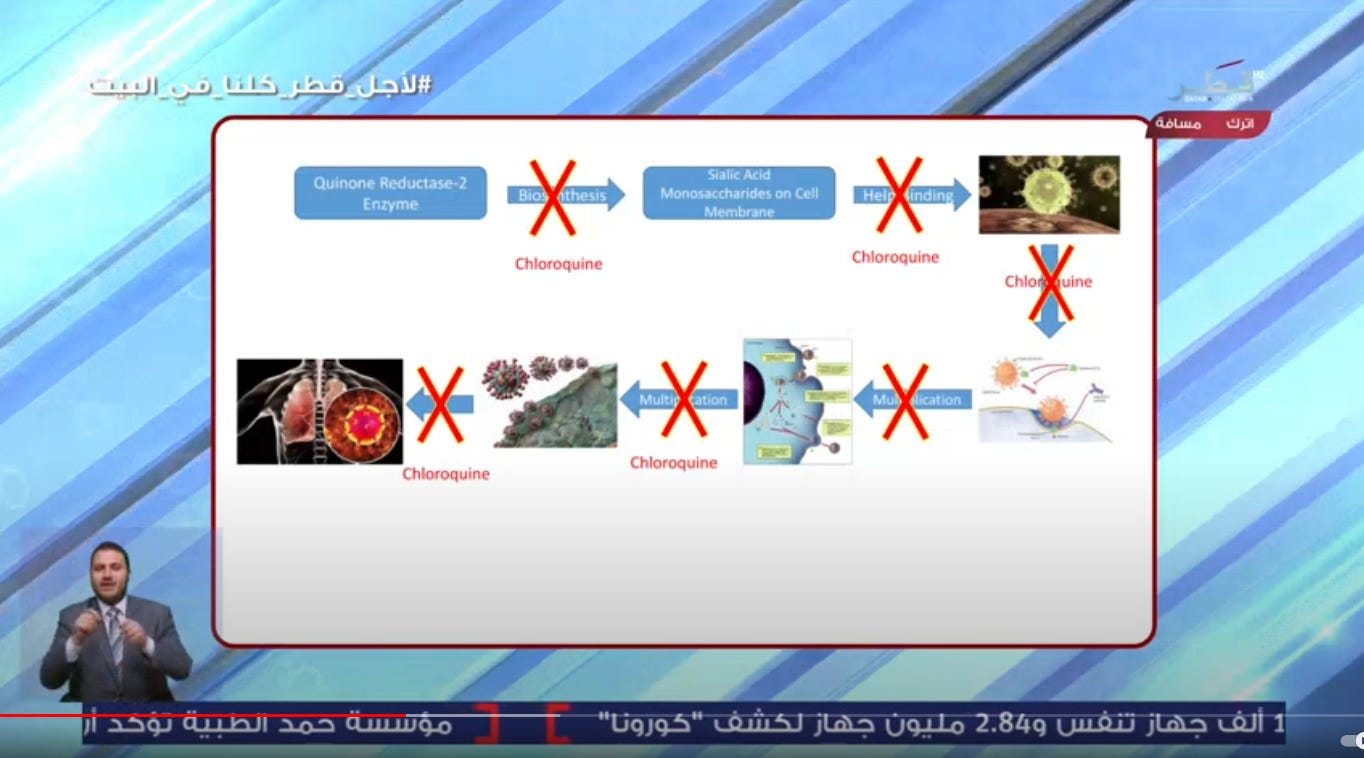
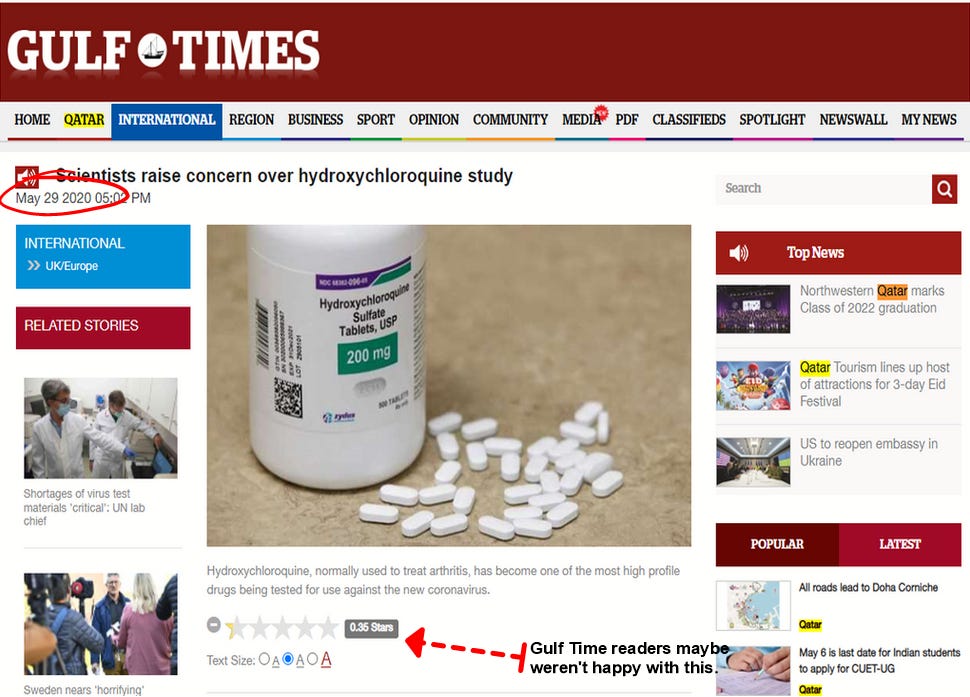
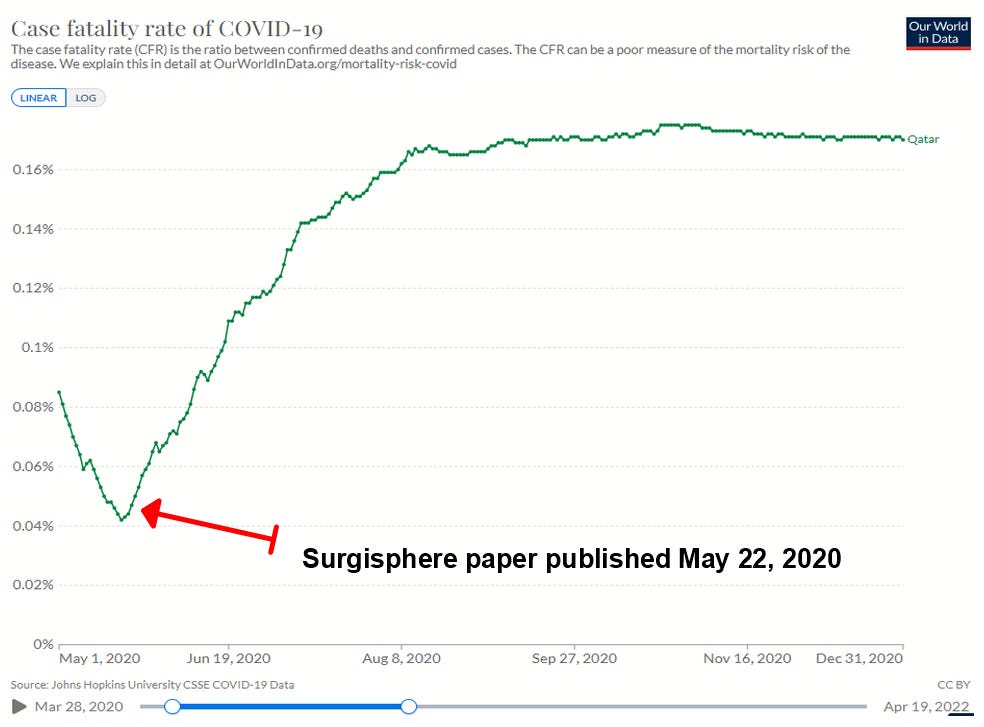
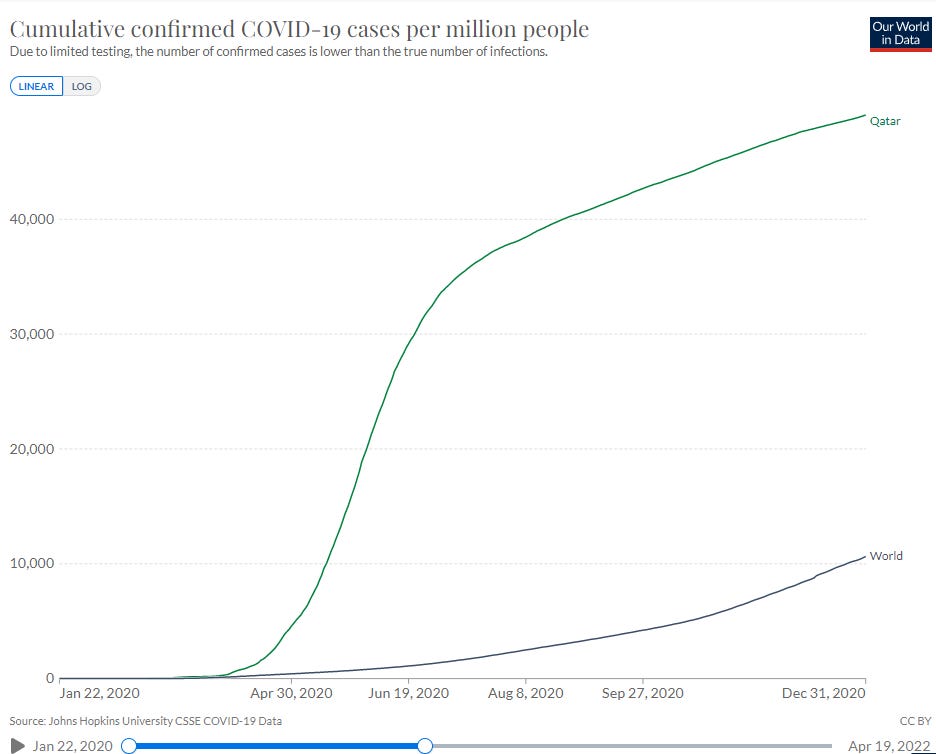
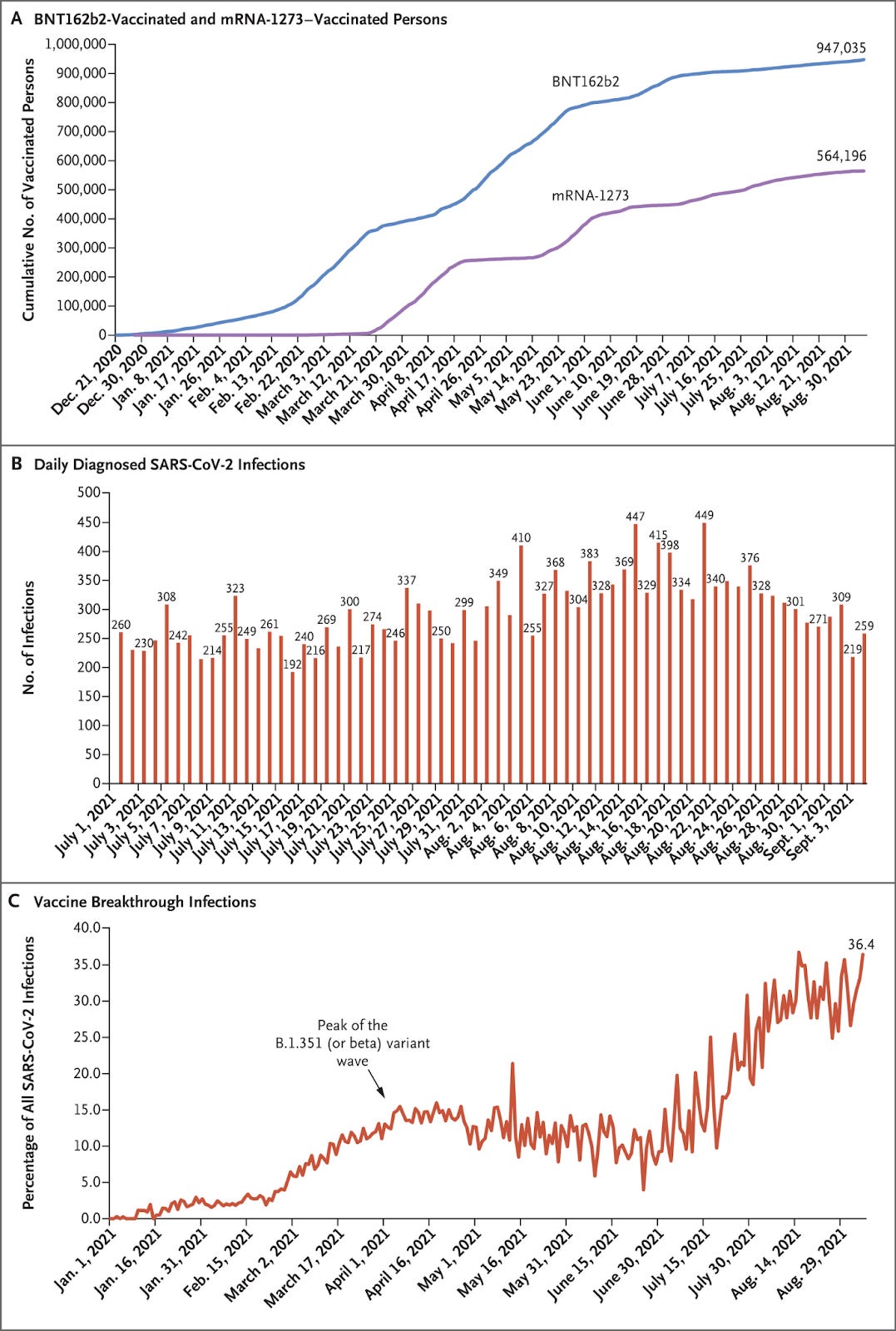
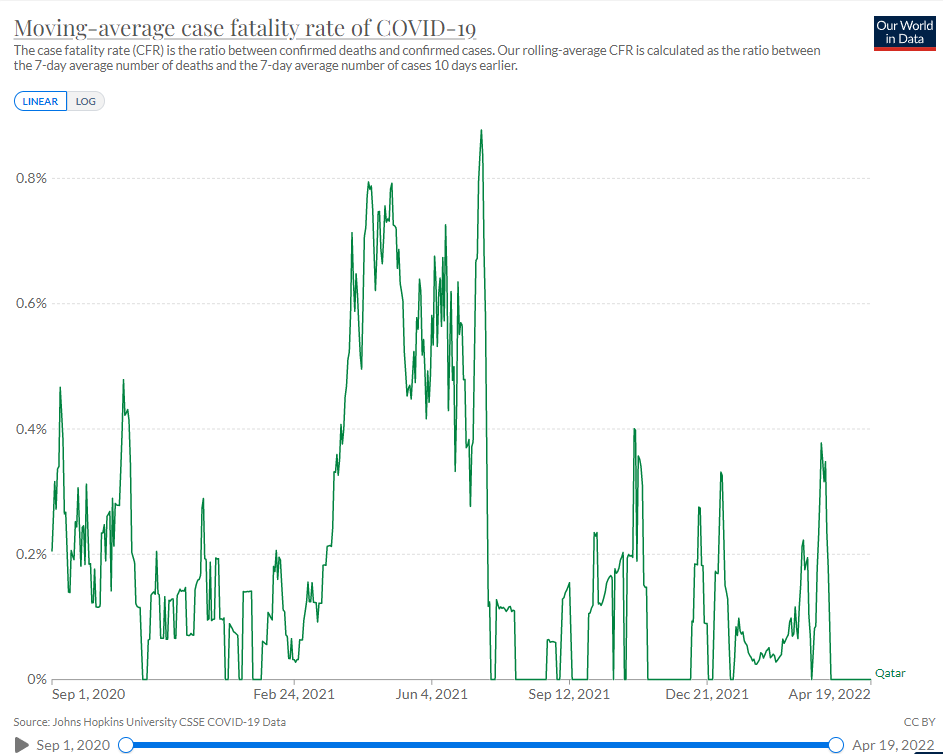
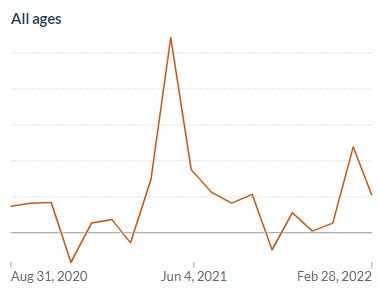

Well done again! Thanks!
#safeandeffective